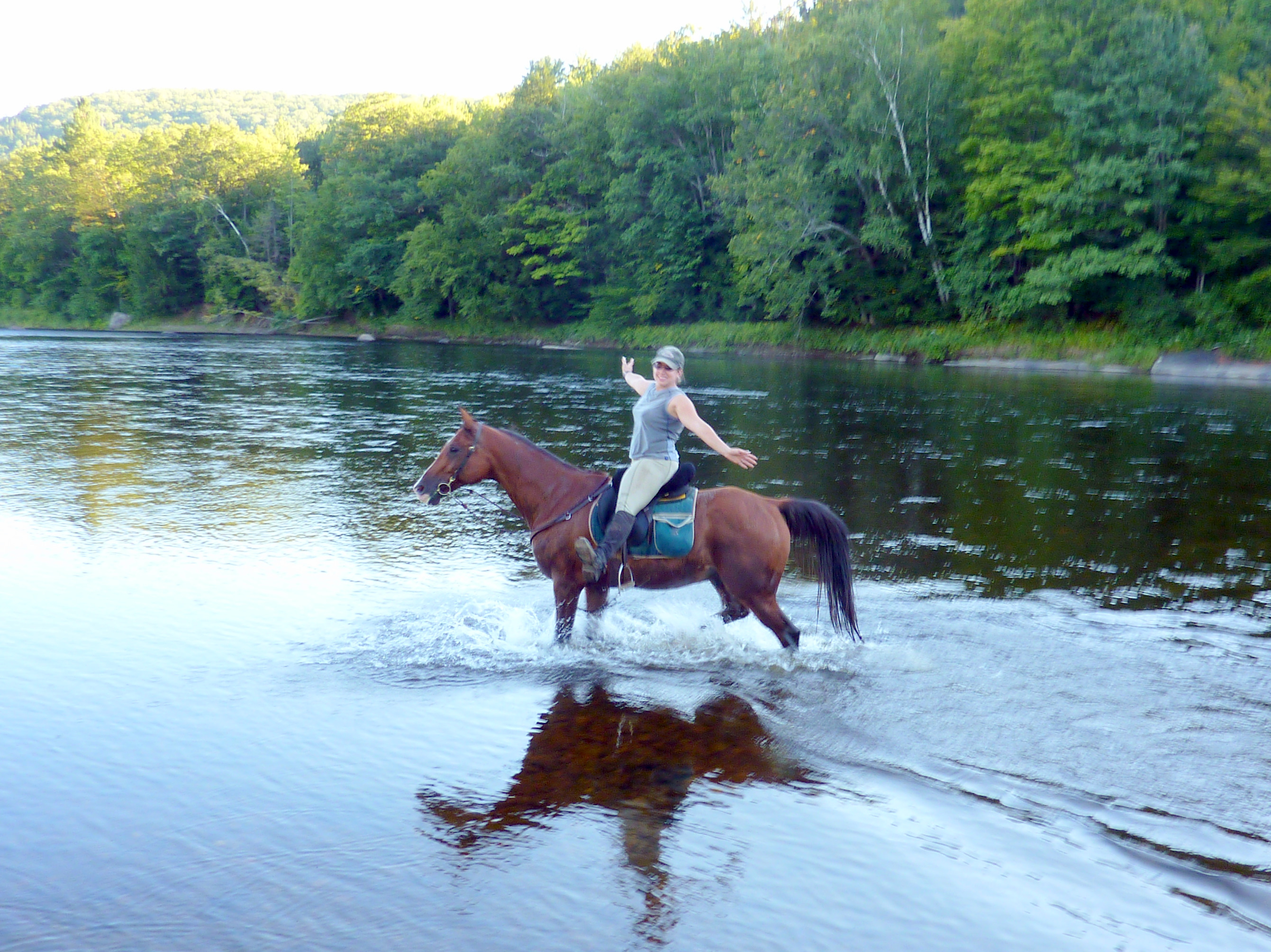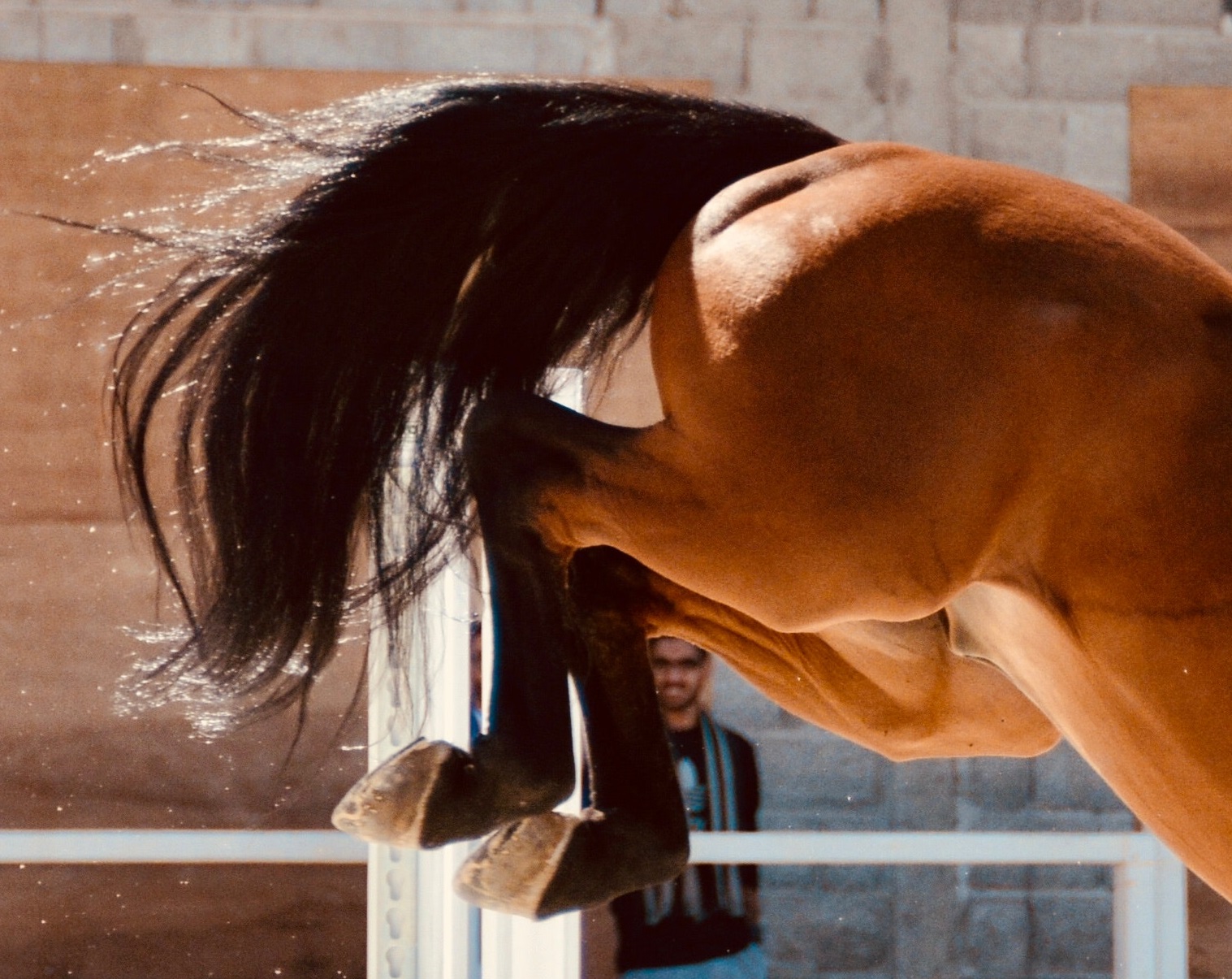R&R Updates on Sky’s Suspenory Injuries
If you’re just joining us, welcome to the story of Lucky & Sky, the test subjects in the Rehabilitate & Recover program. The core focus of the R&R program is to educate equine professionals such as veterinarians, trainers, competitors, shippers, and others on the Draper Therapies products and how they work to help your horses recover after competitions for faster recovery time. When my horses Sky and Lucky injured themselves recently, they became the test subjects in an even more intense use for R&R: in this case recovery from severe, and potentially career (and life)-ending injuries.
Since we last checked in about a month ago, Sky has undergone two rounds of injections into the suspensory ligaments to help repair the damage. The injection is made of plasma serum from his own blood, coupled with rehabilitating agents that help stimulate the repair of the damaged connective tissue fibers. It’s a challenging procedure, where the horse has to be heavily sedated and then locally anesthetized, so that we can insert the rather long needle directly into the holes or tears in the ligaments.
To do this, we started out with the vet, a vet tech, and myself managing Sky. He was tranquilized, his fetlocks scrubbed, and then also locally injected with lidocaine to numb the area we would be injecting. Next, we used the ultrasound machine to identify the areas of the suspensory where the holes were so that we could determine where the injection needed to go.
Once we found the location of the damage, the tech prepares the injection, the vet does the injection, and I hold the ultrasound probe to ensure that the needle is on camera and we’re in the exact location. I have to admit, it was pretty cool seeing the needle on the ultrasound as we injected the ligament, and could watch it fill up with the serum as the plunger was depressed. We did this for both hind legs in September, with the plan to monitor and follow up again in a month.
The days following the injection may feel like a bit of a setback, due to the invasiveness of the procedure (the needle does go really far into the fetlock!). It was important to keep Sky comfortable, his legs wrapped, and resting to allow the serum to do its job. For this we used Equiflexsleeves underneath Draper Recovery Wraps for added support coupled with increased circulation to keep any secondary inflammation down – and it worked! Again no bute necessary, and Sky was comfortable enough to return to limited turnout in just a few days.

We repeated the procedure about a month later, and the good news was that on ultrasound, the holes in the suspensory ligaments were getting smaller in both legs. That meant that the therapy was working, and Sky had an even higher likelihood of returning to full pre-injury performance levels. While we still have a ways to go, we’re taking it slowly and letting him rest throughout the winter. Once the warmer weather comes, our target is to start walking under saddle in March, and going through a full rehab program that includes controlled workouts in a very steady environment, with slight increases in walking, building to eventual trotting, and several months down the line, cantering again. We’re taking the slow route to give the best chance at full recovery, with a goal of being back to near full work come summer of 2015. And of course Draper products will continue to be a staple in the barn to keep him healing and comfortable and well on the road to recovery!
Have you dealt with tendon or ligament issues in horses? How did you rehabilitate your horse? Share with us in the comments below.
-CJ Millar



Leave a Reply